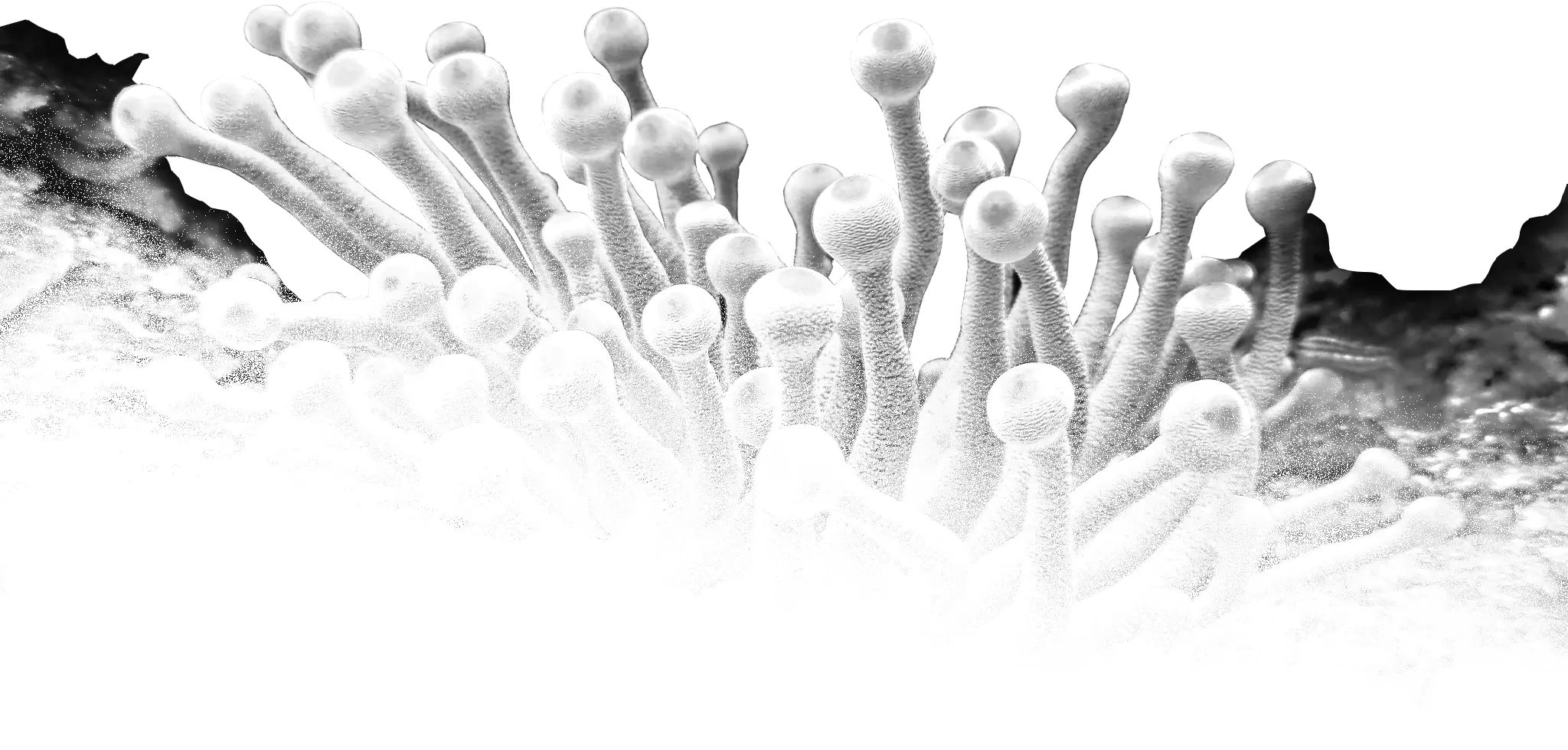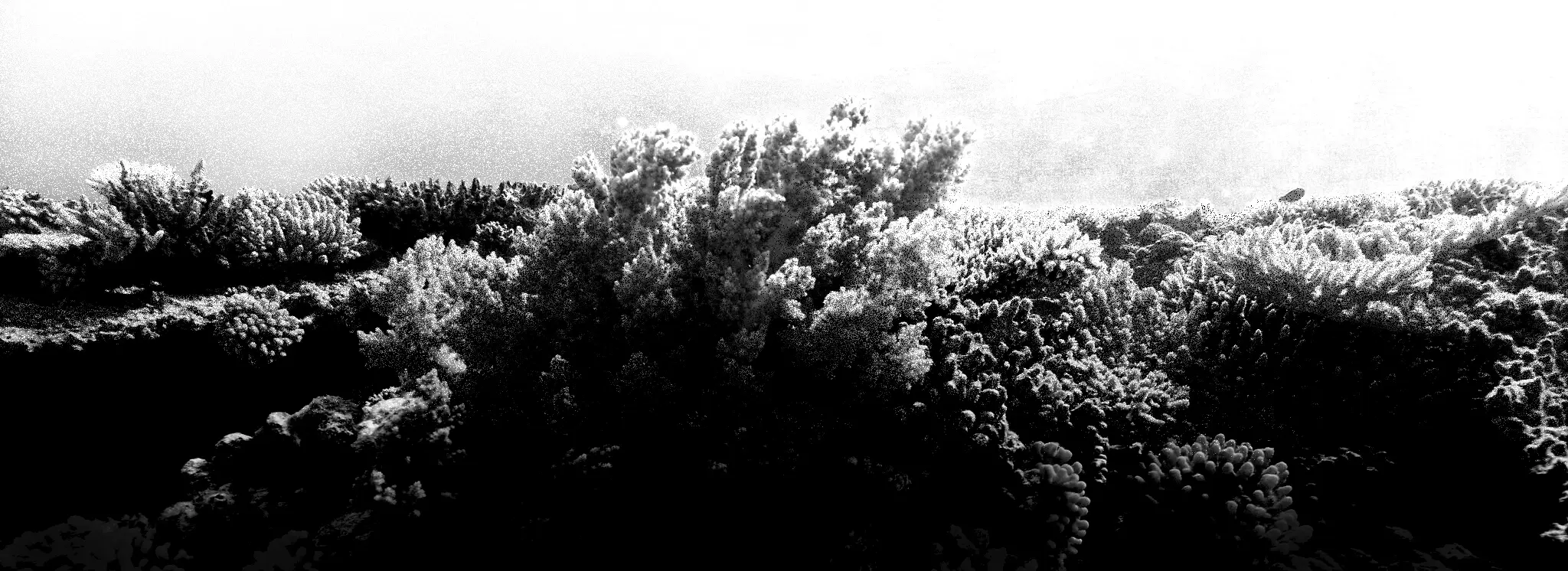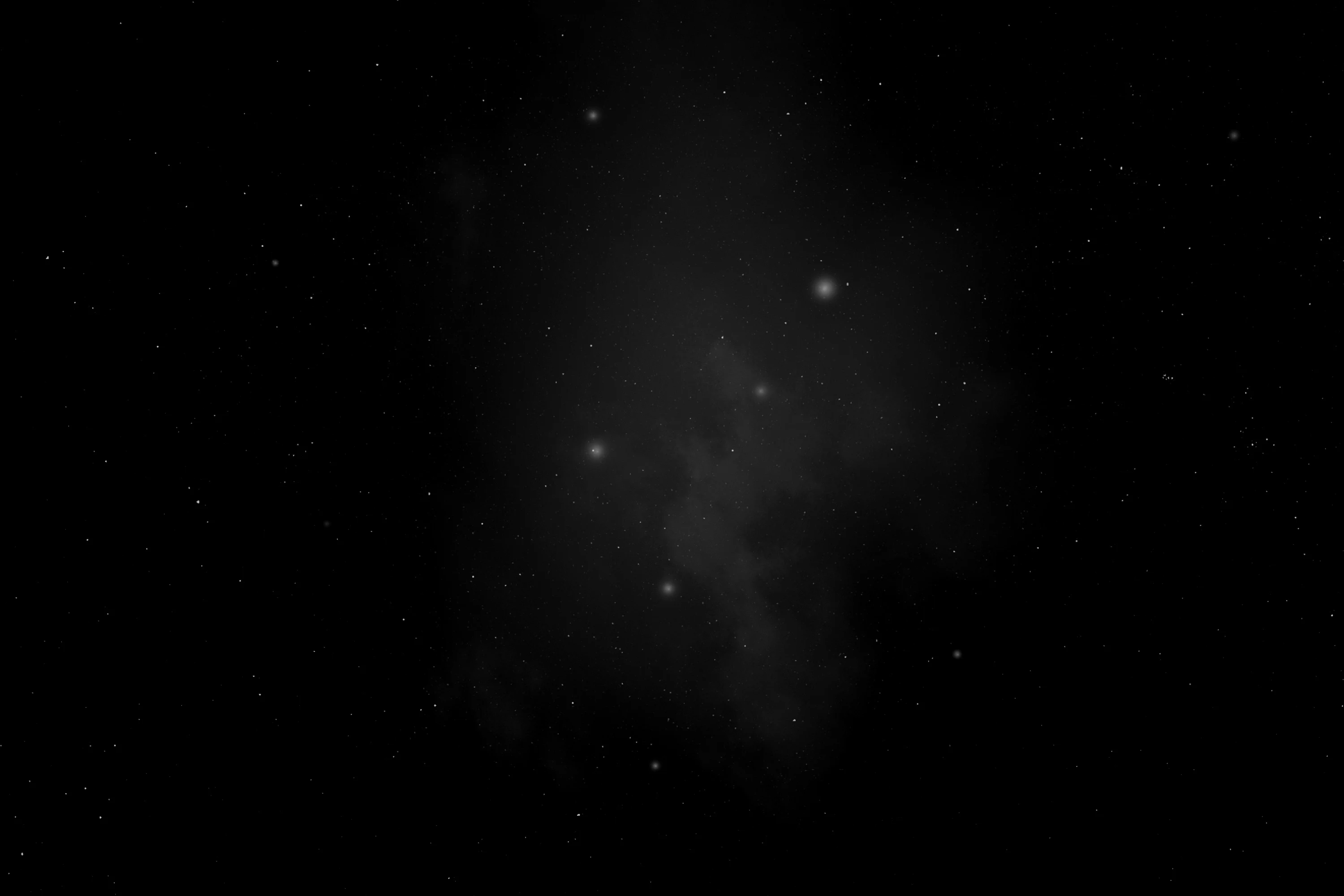
(Ctenophora)
Comb Jellies
Реброплави
Ctenophora comprise a phylum of marine invertebrates, commonly known as comb jellies, that inhabit sea waters worldwide. They are notable for the groups of cilia they use for swimming (commonly referred to as “combs”), and they are the largest animals to swim with the help of cilia.
Depending on the species, adult ctenophores range from a few millimeters to 1.5 m (5 ft) in size. 186 living species are recognised.
Their bodies consist of a mass of jelly, with a layer two cells thick on the outside, and another lining the internal cavity. The phylum has a wide range of body forms, including the egg-shaped cydippids with a pair of retractable tentacles that capture prey, the flat, generally combless platyctenids, and the large-mouthed beroids, which prey on other ctenophores.
Almost all ctenophores function as predators, taking prey ranging from microscopic larvae and rotifers to the adults of small crustaceans; the exceptions are juveniles of two species, which live as parasites on the salps on which adults of their species feed.
Feeding, Excretion and Respiration
When prey is swallowed, it is liquefied in the pharynx by enzymes and by muscular contractions of the pharynx. The resulting slurry is wafted through the canal system by the beating of the cilia, and digested by the nutritive cells. The ciliary rosettes in the canals may help to transport nutrients to muscles in the mesoglea. The anal pores may eject unwanted small particles, but most unwanted matter is regurgitated via the mouth.
Little is known about how ctenophores get rid of waste products produced by the cells. The ciliary rosettes in the gastrodermis may help to remove wastes from the mesoglea, and may also help to adjust the animal’s buoyancy by pumping water into or out of the mesoglea.
Locomotion
The outer surface bears usually eight comb rows, called swimming-plates, which are used for swimming. The rows are oriented to run from near the mouth (the “oral pole”) to the opposite end (the “aboral pole”), and are spaced more or less evenly around the body, although spacing patterns vary by species and in most species the comb rows extend only part of the distance from the aboral pole towards the mouth. The “combs” (also called “ctenes” or “comb plates”) run across each row, and each consists of thousands of unusually long cilia, up to 2 mm. Unlike conventional cilia and flagella, which has a filament structure arranged in a 9 + 2 pattern, these cilia are arranged in a 9 + 3 pattern, where the extra compact filament is suspected to have a supporting function. These normally beat so that the propulsion stroke is away from the mouth, although they can also reverse direction. Hence ctenophores usually swim in the direction in which the mouth is eating, unlike jellyfish. When trying to escape predators, one species can accelerate to six times its normal speed; some other species reverse direction as part of their escape behavior, by reversing the power stroke of the comb plate cilia.
It is uncertain how ctenophores control their buoyancy, but experiments have shown that some species rely on osmotic pressure to adapt to the water of different densities. Their body fluids are normally as concentrated as seawater. If they enter less dense brackish water, the ciliary rosettes in the body cavity may pump this into the mesoglea to increase its bulk and decrease its density, to avoid sinking. Conversely, if they move from brackish to full-strength seawater, the rosettes may pump water out of the mesoglea to reduce its volume and increase its density.
Reproduction and Development
Adults of most species can regenerate tissues that are damaged or removed, although only platyctenids reproduce by cloning, splitting off from the edges of their flat bodies fragments that develop into new individuals. Lab research on Mnemiopsis leidyi also show that when two individuals have parts of their bodies removed, they are able to fuse together, including their nervous and digestive systems, even when the two individuals are genetically different; a phenomenon that has so far only been found in comb jellies.
The last common ancestor (LCA) of the ctenophores was hermaphroditic. Some are simultaneous hermaphrodites, which can produce both eggs and sperm at the same time, while others are sequential hermaphrodites, in which the eggs and sperm mature at different times. There is no metamorphosis. At least three species are known to have evolved separate sexes (dioecy); Ocyropsis crystallina and Ocyropsis maculata in the genus Ocyropsis and Bathocyroe fosteri in the genus Bathocyroe. The gonads are located in the parts of the internal canal network under the comb rows, and eggs and sperm are released via pores in the epidermis. Fertilization is generally external, but platyctenids use internal fertilization and keep the eggs in brood chambers until they hatch. Self-fertilization has occasionally been seen in species of the genus Mnemiopsis, and it is thought that most of the hermaphroditic species are self-fertile.
Development of the fertilized eggs is direct; there is no distinctive larval form. Juveniles of all groups are generally planktonic, and most species resemble miniature adult cydippids, gradually developing their adult body forms as they grow. In the genus Beroe, however, the juveniles have large mouths and, like the adults, lack both tentacles and tentacle sheaths. In some groups, such as the flat, bottom-dwelling platyctenids, the juveniles behave more like true larvae. They live among the plankton and thus occupy a different ecological niche from their parents, only attaining the adult form by a more radical ontogeny after dropping to the sea-floor.
At least in some species, juvenile ctenophores appear capable of producing small quantities of eggs and sperm while they are well below adult size, and adults produce eggs and sperm for as long as they have sufficient food. If they run short of food, they first stop producing eggs and sperm, and then shrink in size. When the food supply improves, they grow back to normal size and then resume reproduction. These features make ctenophores capable of increasing their populations very quickly. Members of the Lobata and Cydippida also have a reproduction form called dissogeny; two sexually mature stages, first as larva and later as juveniles and adults. During their time as larva they are capable of releasing gametes periodically. After their first reproductive period is over they will not produce more gametes again until later. A population of Mertensia ovum in the central Baltic Sea have become paedogenetic, and consist solely of sexually mature larvae less than 1.6 mm.
In Mnemiopsis leidyi, nitric oxide (NO) signaling is present both in adult tissues and differentially expressed in later embryonic stages suggesting the involvement of NO in developmental mechanisms. The mature form of the same species is also able to revert back to the cydippid stage when triggered by environmental stressors.
Ecology
Ctenophores are found in most marine environments: from polar waters at −2 °C to the tropics at 30 °C; near coasts and in mid-ocean; from the surface waters to the ocean depths at more than 7000 meters. The best-understood are the genera Pleurobrachia, Beroe and Mnemiopsis, as these planktonic coastal forms are among the most likely to be collected near shore. No ctenophores have been found in fresh water.
Ctenophores may be abundant during the summer months in some coastal locations, but in other places, they are uncommon and difficult to find.
In bays where they occur in very high numbers, predation by ctenophores may control the populations of small zooplanktonic organisms such as copepods, which might otherwise wipe out the phytoplankton (planktonic plants), which are a vital part of marine food chains.
Prey and Predators
Almost all ctenophores are predators – there are no vegetarians and only one genus that is partly parasitic. If food is plentiful, they can eat 10 times their own weight per day. While Beroe preys mainly on other ctenophores, other surface-water species prey on zooplankton (planktonic animals) ranging in size from the microscopic, including mollusc and fish larvae, to small adult crustaceans such as copepods, amphipods, and even krill. Members of the genus Haeckelia prey on jellyfish and incorporate their prey’s nematocysts (stinging cells) into their own tentacles instead of colloblasts. Ctenophores have been compared to spiders in their wide range of techniques for capturing prey – some hang motionless in the water using their tentacles as “webs”, some are ambush predators like Salticid jumping spiders, and some dangle a sticky droplet at the end of a fine thread, as bolas spiders do. This variety explains the wide range of body forms in a phylum with rather few species. The two-tentacled “cydippid” Lampea feeds exclusively on salps, close relatives of sea-squirts that form large chain-like floating colonies, and juveniles of Lampea attach themselves like parasites to salps that are too large for them to swallow. Members of the cydippid genus Pleurobrachia and the lobate Bolinopsis often reach high population densities at the same place and time because they specialize in different types of prey: Pleurobrachia’s long tentacles mainly capture relatively strong swimmers such as adult copepods, while Bolinopsis generally feeds on smaller, weaker swimmers such as rotifers and mollusc and crustacean larvae.
Ctenophores used to be regarded as “dead ends” in marine food chains because it was thought their low ratio of organic matter to salt and water made them a poor diet for other animals. It is also often difficult to identify the remains of ctenophores in the guts of possible predators, although the combs sometimes remain intact long enough to provide a clue. Detailed investigation of chum salmon, Oncorhynchus keta, showed that these fish digest ctenophores 20 times as fast as an equal weight of shrimps, and that ctenophores can provide a good diet if there are enough of them around. Beroids prey mainly on other ctenophores. Some jellyfish and turtles eat large quantities of ctenophores, and jellyfish may temporarily wipe out ctenophore populations. Since ctenophores and jellyfish often have large seasonal variations in population, most fish that prey on them are generalists and may have a greater effect on populations than the specialist jelly-eaters. This is underlined by an observation of herbivorous fishes deliberately feeding on gelatinous zooplankton during blooms in the Red Sea. The larvae of some sea anemones are parasites on ctenophores, as are the larvae of some flatworms that parasitize fish when they reach adulthood.
Source: Wikipedia

